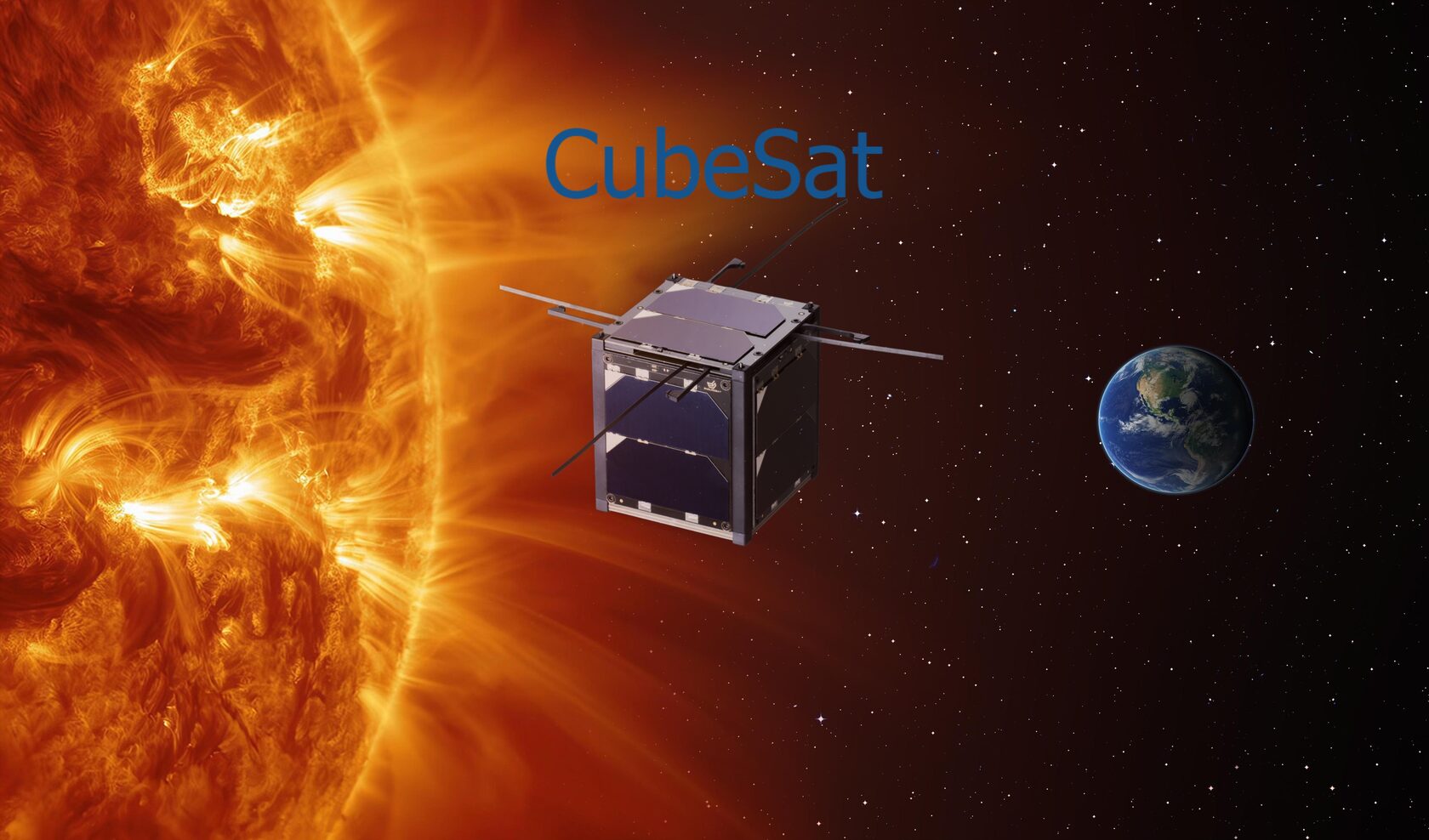Around the world, CubeSats have become a universal platform for testing cutting-edge technologies and components of larger satellites in flight. These miniature devices have quickly gained popularity due to their flexibility, modularity, and capability to integrate a diverse array of instruments.
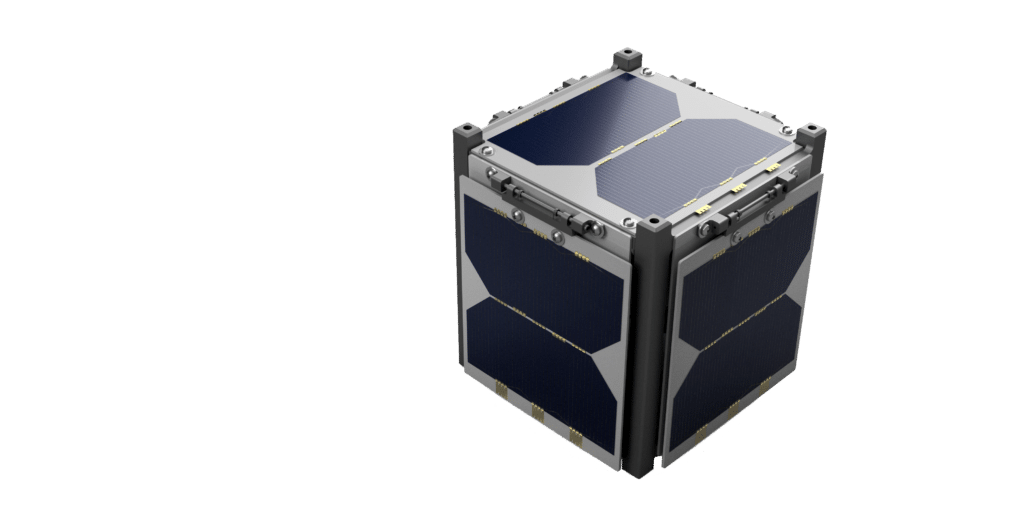
The cost-effectiveness of CubeSats makes space technology accessible to educational institutions, opening incredible opportunities for schoolers and students. They allow participation in the design and creation of unmanned spacecraft, as well as the practical study of complex scientific concepts.
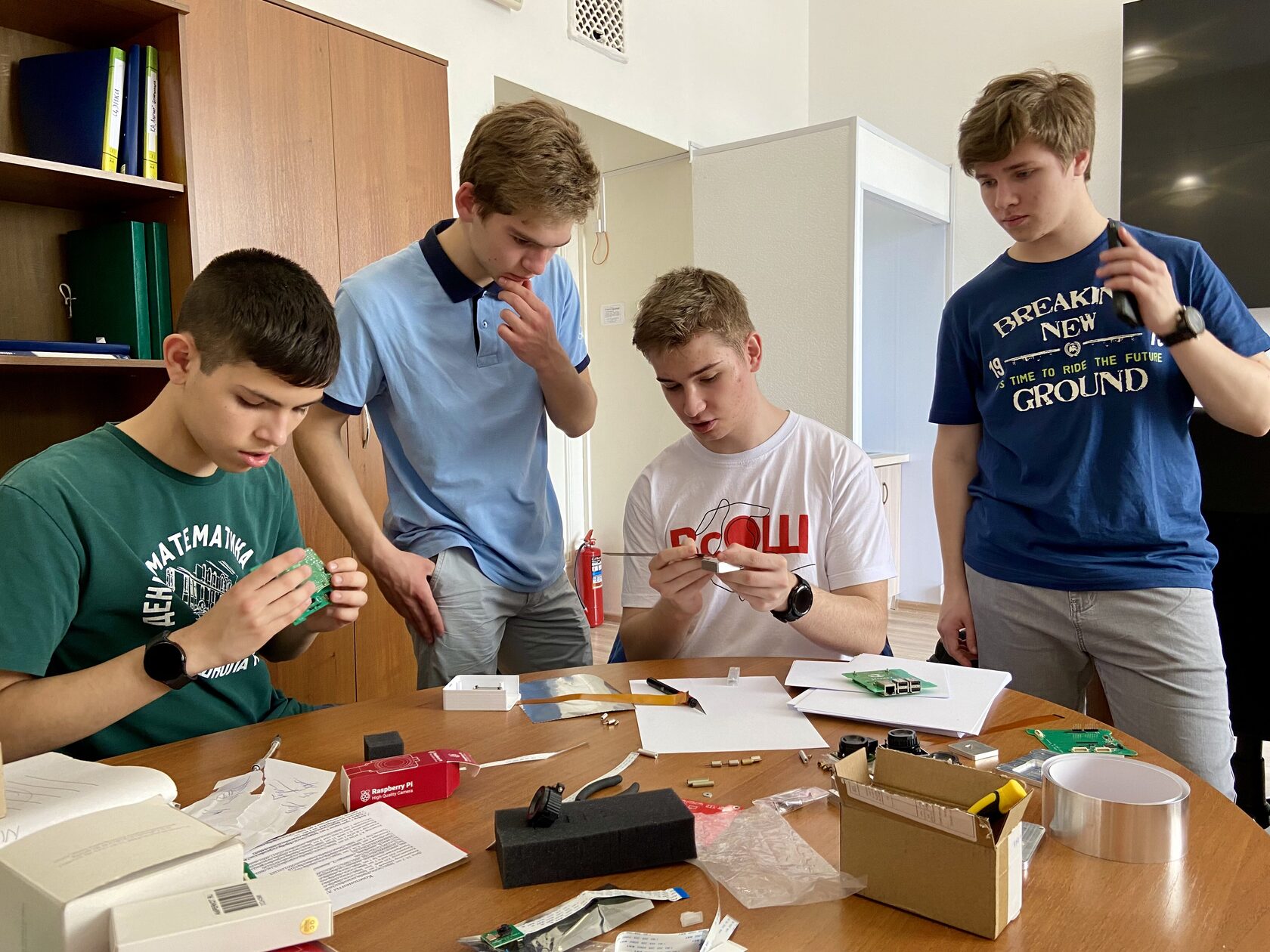
Photo: schoolers lesson in the Mission Control Center of SINP MSU
There is a dedicated satellite group called "Constellation-270" at Lomonosov Moscow State University, Within the framework of this project, in collaboration with scientists from the Radiation Monitoring Laboratory at the Skobeltsyn Institute for Nuclear Physics, small spacecraft are being developed to address a wide range of astrophysical research tasks.
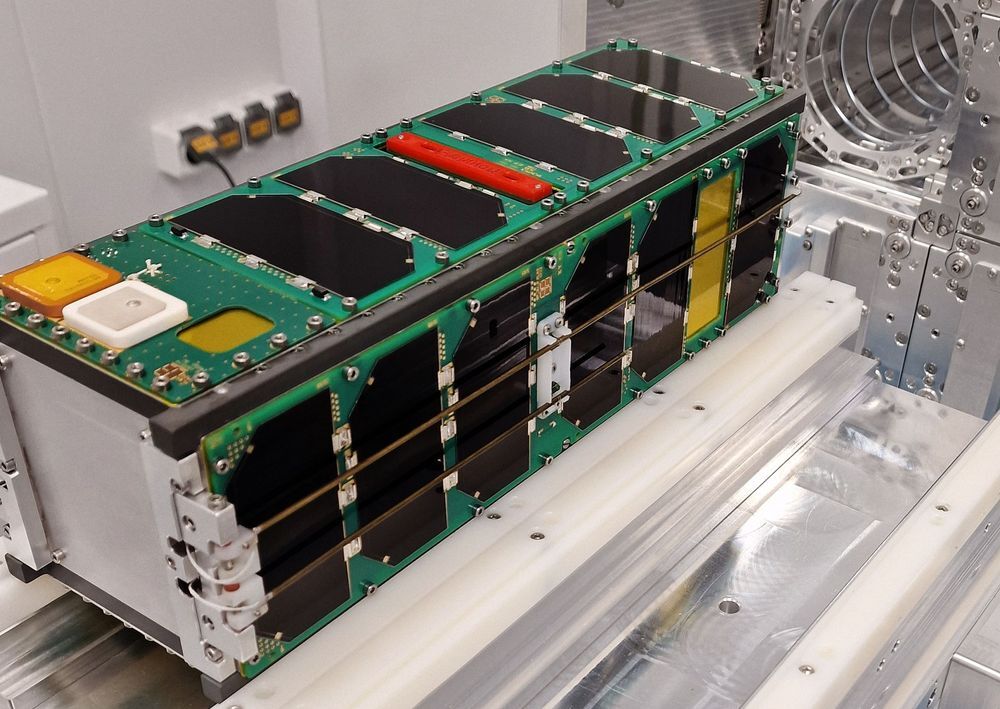
One of the key objectives of these multifunctional spacecraft is to observe gamma-ray bursts in both near and distant space. Gamma-ray bursts and streams of cosmic charged particles pose significant threats to the functionality of both ground and orbital electronic systems. These astrophysical phenomena can lead to serious disruptions in the operation of high-tech devices, highlighting the necessity for developing relevant methods for their prediction and monitoring.
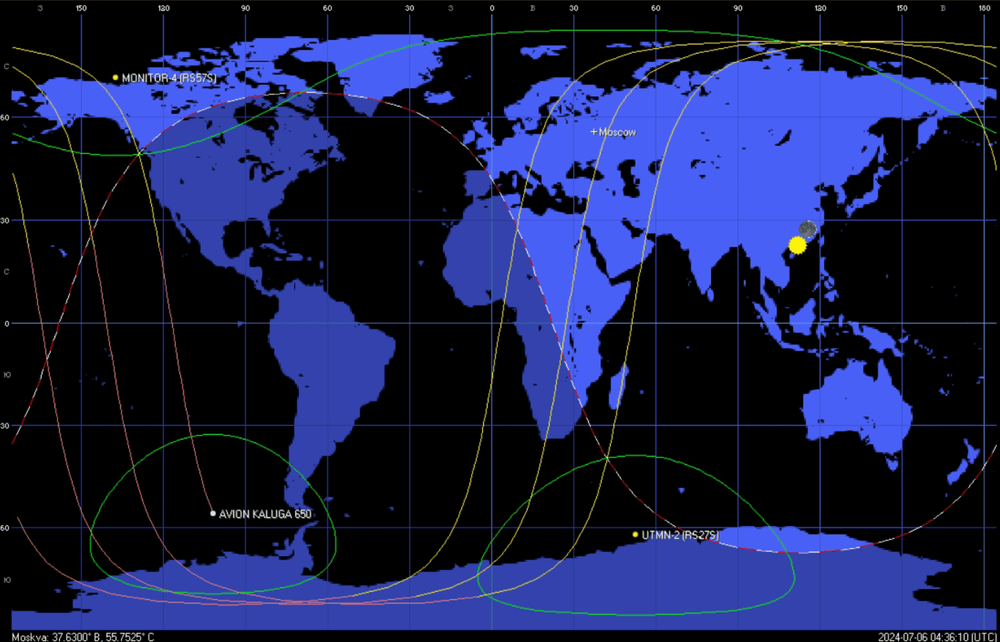
The small satellites of SINP MSU track solar activity and the radiation environment. Additionally, when combined, they form a unified system for the global monitoring of geophysical parameters in outer space. The equipment of SINP MSU (e.g. KODIZ, DeKoR, Aura) provides continuous dosimetric radiation control.
For more details on space radiation monitoring, refer to the article co-authored by the head of the Radiation Monitoring Laboratory, Vladislav Osedlo, titled “Monitoring of space radiation and electromagnetic transients by Moscow State University nano-satellites”
For more details on space radiation monitoring, refer to the article co-authored by the head of the Radiation Monitoring Laboratory, Vladislav Osedlo, titled “Monitoring of space radiation and electromagnetic transients by Moscow State University nano-satellites”
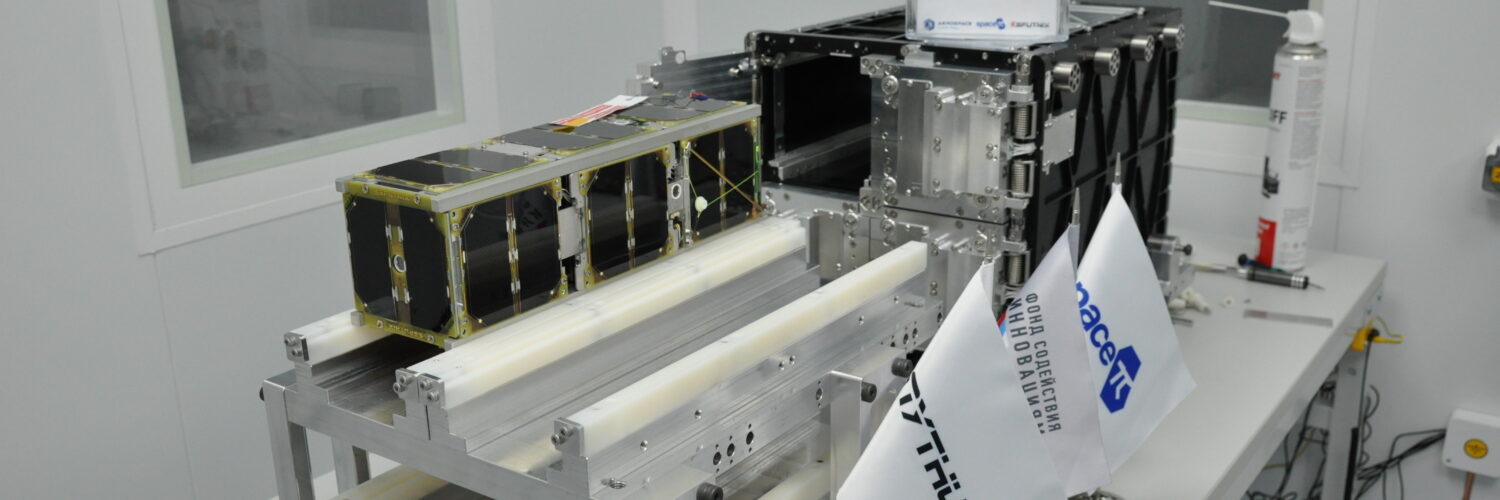
The scientific and educational activities of SINP MSU regarding the development of CubeSats and their payloads, as well as further scientific research, play a crucial role in the training of highly qualified specialists in the field of space technology. These initiatives provide practical understanding of satellite systems and foster innovation in this rapidly evolving domain.
